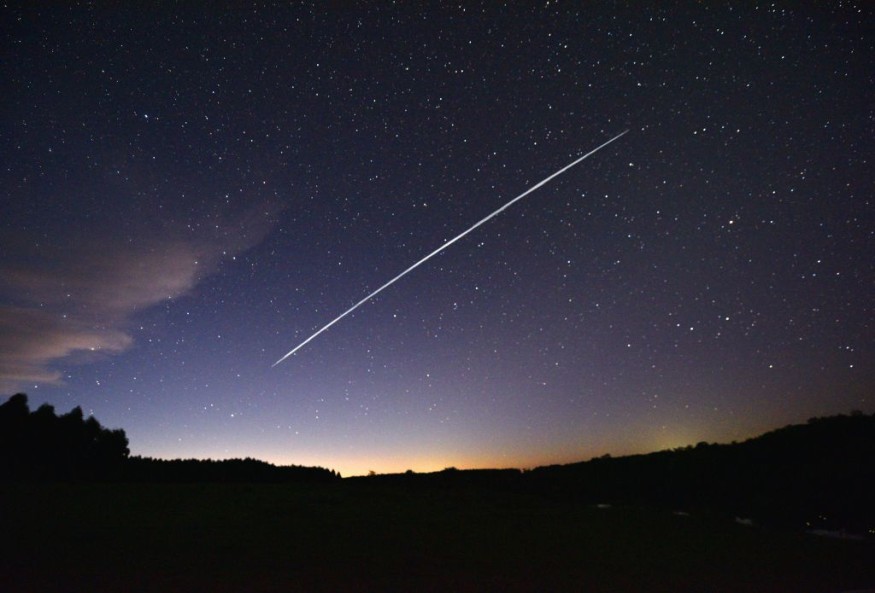Astronomers have raised concerns about the impact of the growing number of satellites in space on the environment and astronomy research. But astronomers were not the only ones who observed the unusual increase in brightness in the night sky, as even laypeople have reported sightings of SpaceX's Starlink satellites passing. Yes, there is a string of bright-star objects in the night sky that are actually not stars but satellites.
Samantha Lawler, a professor of astronomy at the University of Regina, wrote in her paper titled, "Visibility Predictions for Near-Future Satellite Megaconstellations: Latitudes near 50◦ will Experience the Worst Light Pollution," to be published in The Astronomical Journal, her predictions of what the night sky will look like if satellite manufacturers continue on their current plans.
Soon, one in every 15 points seen in the night sky will be a satellite instead of a star or a cosmic body, a devastating event to the field of astronomy.

Too Bright Night Sky
Lawler and her team built an open-source computer model and a web app based on this simulation that will predict satellite brightness as seen from various places on Earth at different times of the night and at different seasons.
In her article in The Conversation, Lawler wrote that they used 65,000 satellites in their model. These satellites are from the four mega constellation companies, namely SpaceX's Starlink, Amazon Kuiper, OneWeb, and StarNet/GW. The team calibrated their simulation to match the telescope measurements of Starlink satellites as they currently hold the record for the most number of satellites in space.
The simulations showed that there would be dozens to hundreds of satellites visible in the night sky for at least an hour from anywhere in the world and in every season. The team noted that a time might come when humans can no longer escape light pollution despite going away from the cities; even the North Pole cannot escape from this brightness.
They estimated that the most affected area would be 50 degrees north and south, in cities near London, Amsterdam, Berlin, Prague, Vancouver, Calgary, and Kyiv.
Astronomers Call For Regulation of Satellites
In a 2020 ESO-commissioned study, researchers found that ESO's Very Large Telescope (VLT) and the upcoming Extremely Large Telescope (ELT) will be moderately affected by the mega-constellations under development.
According to Science Daily, The effect of the satellites are more pronounced for long exposures in which it could ruin 3% of their observations during twilight. Meanwhile, shorter exposures would contribute to fewer impacts by about 0.5%. Researchers said that impacts could be lessened by making changes to the operation schedules of ESO telescopes, but this also comes with a cost.
Although there is no doubt that rural and remote internet users have been left behind by internet infrastructure development, scientists said there are other options for internet delivery that will not result in extreme costs.
Lawler said that cooperation and not competition between satellite companies are needed so that there will be fewer satellites in low Earth orbit. More so, changing the designs of the satellites to make them fainter will reduce their impact on the night sky.
Astronomers now call on regulations for these satellites and for consumers to indicate the importance of the night sky that might forever be changed forever.
RELATED ARTICLE : Satellite Light Pollution Is Worsening, Disrupting Naked-Eye Observers and Astronomers
Check out more news and information on Astronomy in Science Times.
© 2025 ScienceTimes.com All rights reserved. Do not reproduce without permission. The window to the world of Science Times.












